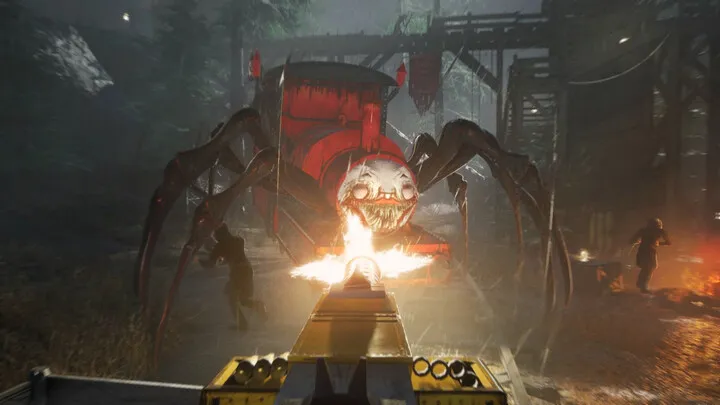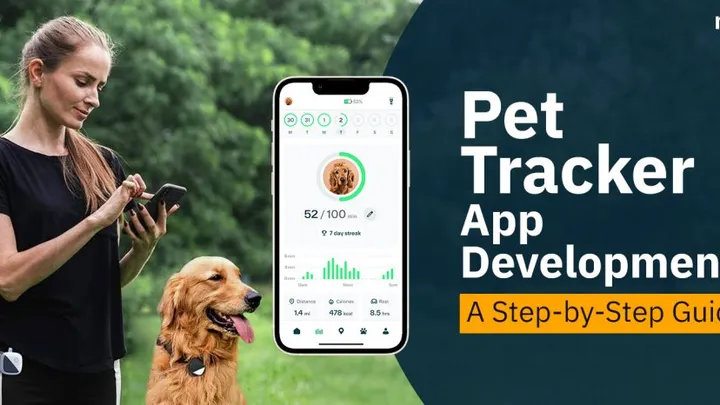Introduction
Hades II expands on everything that made the original Hades a masterpiece. Developed by Supergiant Games, it follows Melinoë, the Princess of the Underworld and sister of Zagreus, on her journey to confront the Titan of Time, Chronos.
The sequel deepens the roguelike formula with new weapons, revamped progression systems, and a hauntingly beautiful world filled with gods, witches, and shadows. It demands patience, precision, and adaptability — but rewards mastery with thrilling victories and narrative depth.
This guide will take you through every stage of your journey — from learning core combat to mastering boons, resource management, and boss strategies. Whether you’re a returning hero or new to the Underworld, here’s everything you need to know to triumph in Hades II.
1. Beginning the Descent: Understanding Melinoë and the Basics
When you first begin Hades II, the pace is deliberate. Melinoë isn’t Zagreus — her fighting style and magic require a more thoughtful rhythm.
She wields both physical weapons and witchcraft, blending melee and ranged combat more fluidly than her brother ever could.
Learn the Flow
Combat in Hades II is about momentum. Chain attacks, weave in spell casts, and dash strategically to stay mobile.
Melinoë’s default attacks are simple but can be charged or augmented by magic for devastating effects.
First Tips for Survival
- Don’t rush; study enemy patterns before diving in.
- Use your dash defensively — it grants brief invulnerability frames.
- After each encounter, explore the room fully; hidden urns and resources add up over time.
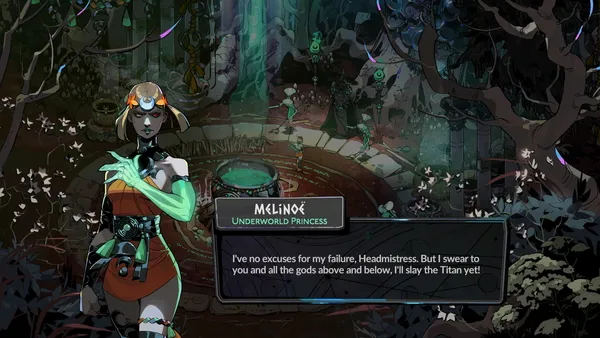
2. Choosing Your Weapon: The Tools of a Witch of the Underworld
Every run begins with weapon choice — each one defining your combat rhythm and strategy.
The Starting Arsenal
You’ll begin with the Witch’s Staff, a balanced weapon that excels at both melee and ranged combat. Soon after, you’ll unlock others like:
- Sister Blades – Fast dual daggers perfect for agile players.
- Moonstone Axe – Heavy, slow, and devastating with precise timing.
- Umbral Flames – A magical ranged weapon that builds power over time.
Adapting to Playstyle
Try each weapon multiple times; some shine only after unlocking Aspects (special modifiers).
Choose the one that fits your flow — the best weapon is always the one you’re most comfortable with.
Upgrades Matter
Invest resources into upgrades as soon as possible. Each weapon can be enhanced with Titan Blood, unlocking new Aspects that radically change move sets and damage patterns.
3. Embracing Witchcraft: Omega Attacks and Magic
Melinoë’s defining feature is her Omega attacks, powerful spell-infused versions of her regular strikes.
Managing Magic Energy
Every Omega move consumes Mana instead of Stamina. Efficient use of mana is crucial — casting recklessly will leave you defenseless.
Mana regenerates slowly, so plan your casts for maximum impact.
Omega Attack Examples
- Omega Special creates massive area control, ideal for crowd clearing.
- Omega Cast launches powerful projectiles with lingering effects.
- Experiment with combinations — for example, cast an Omega Special to zone enemies, then rush in with melee.
Spell Strategy
Use Omega attacks to interrupt bosses or clear dangerous clusters. They’re not just for damage — they control the pace of combat, a vital skill in late-game encounters.
4. Boons and Blessings: The Divine Arsenal
As in the first game, the gods of Olympus — and now the Moon and Night — grant Melinoë their power through Boons.
Understanding Boon Synergy
Each god enhances specific mechanics:
- Hecate – Witchcraft, casting, and mana regeneration.
- Hermes – Speed, dash recovery, and attack flow.
- Poseidon – Knockback and area control.
- Aphrodite – Charm and defense debuffs.
Building a Run
Boons define the style of your run. Combine synergistic effects — for instance, Aphrodite’s weakening aura pairs perfectly with Artemis’s critical hits.
Look for Duo Boons, rare combinations that blend two gods’ powers for unique effects.
Strategic Rerolls
Use your Fates (Keepsakes) and Arcana cards to manipulate which gods appear. Building consistency improves your run success dramatically.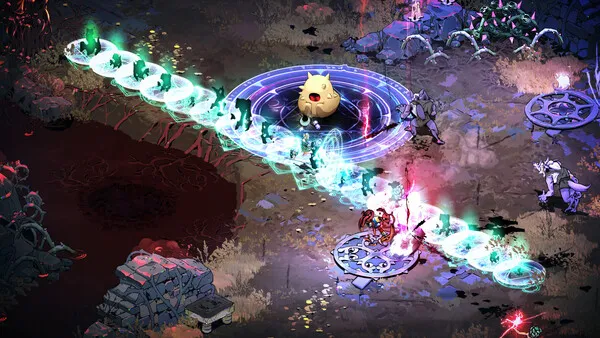
5. Arcana Cards: Crafting Your Personal Power
A new system in Hades II, the Arcana Cards represent magical tarot-like upgrades that shape Melinoë’s attributes.
Unlocking and Equipping
Using Ashes collected from runs, unlock Arcana cards one by one. You can equip a limited number at once, depending on your Grasp capacity.
Cards boost attributes like health, mana, or boon quality — but choosing the right ones requires balance.
Recommended Early Builds
- The Sorceress: Enhances mana recovery and casting efficiency.
- The Titan: Grants extra defense and damage reduction.
- The Furies: Boosts attack speed when low on health.
Experimentation is Key
Don’t stick with one layout forever. Adjust Arcana combinations before each run depending on your weapon and chosen boons.
6. Mastering Resource Management: Gathering and Crafting
Unlike the first game, Hades II adds a strong focus on resource collection and crafting.
Gathering Materials
During runs, you’ll find resources like:
- Silver – Common ore used for Arcana unlocks.
- Nightshade – Magical herb for potions.
- Bones – Trade currency for upgrades.
- Equip gathering tools (like the Silver Pick or Moonlit Rod) to collect efficiently.
The Cauldron and Crafting
At the Crossroads (your hub), use the Cauldron to brew magical recipes.
Recipes can unlock new Arcana, access to regions, or quality-of-life improvements like faster mana recovery.
Resource Tips
- Gather during early rooms — later fights make it risky.
- Use resource-boosting boons when available.
- Never waste materials on minor crafts early; prioritize permanent upgrades.
7. Surviving the Depths: Understanding Enemies and Bosses
Enemy Behavior
Each biome in Hades II introduces unique foes — from restless shades to time-twisted monstrosities. Learn their attack patterns and weaknesses before engaging.
Boss Encounters
Bosses test both mechanical skill and adaptability. Expect multi-phase fights where timing is crucial.
Study animations closely — every boss signals big attacks.
Key Tips for Boss Fights
- Save your Death Defiance charges for final phases.
- Use terrain — obstacles block projectiles and buy recovery time.
- Don’t panic-roll; time your dash instead of spamming it.
Patience often triumphs over aggression in Hades II’s toughest battles.
8. The Crossroads: Home, Allies, and Progression
Your base of operations, The Crossroads, serves as a refuge and upgrade hub between runs.
Building Relationships
Interact with NPCs like Hecate, Nemesis, and Dora. Each offers dialogue, quests, and sometimes unique boons or upgrades.
Gifting Nectar deepens relationships and unlocks Keepsakes — special items that influence your next run.
Upgrades and Permanent Progression
Use Bones, Ashes, and Psyche to unlock persistent bonuses such as extra health, faster mana recovery, or more rerolls.
Prioritize utility first — survivability upgrades outlast any short-term damage boosts.
The Role of the Cauldron
Besides crafting, the Cauldron can reveal narrative lore, secret recipes, and paths to new regions. Keep returning to it after every successful run.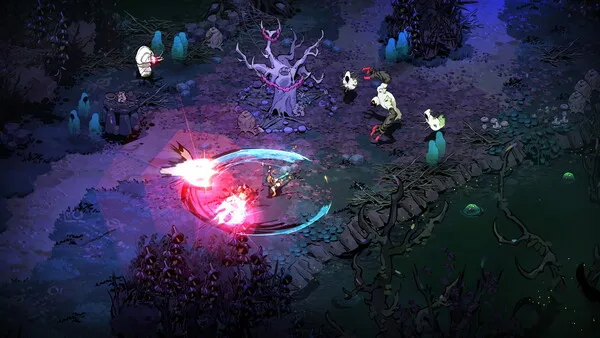
9. Building the Perfect Run: Strategy and Mindset
Adapting Each Attempt
Roguelikes thrive on experimentation. Each run should feel different.
If you die early, reflect on what went wrong — wrong boon combination? Too little mana control? Bad weapon synergy?
Learn from Defeat
Dying isn’t failure — it’s progression. Each return to the Crossroads unlocks new dialogue, mechanics, or upgrades.
Treat each defeat as data collection for your next attempt.
Mental Strategies
- Stay calm when you take damage; panic causes worse mistakes.
- Plan exit routes during fights; mobility saves lives.
- Play to your strengths—if you favor casting, focus your build around it instead of balancing too much.
Success in Hades II isn’t luck — it’s consistent adaptation.
10. The Endgame and Beyond: Mastery Awaits
The True Challenge
Beating Chronos isn’t the end — it’s the beginning. Hades II features Erebus Challenges, Trials, and higher-difficulty modifiers called Incantations that increase enemy strength for greater rewards.
Perfecting Your Build
Once comfortable, experiment with full synergy runs:
- Combine Hecate’s mana regen boons with high-cooldown Omega builds.
- Mix Poseidon knockbacks with fast melee weapons for crowd control.
- Use Arcana that reward risk-taking, like bonuses for low health or close-range combat.
Replay Value
The narrative evolves with each run — new dialogue, lore fragments, and relationships deepen the experience.
Mastery isn’t just about skill; it’s about understanding the rhythm of life, death, and time within Melinoë’s world.
Conclusion
Hades II is a masterpiece of myth, magic, and momentum — a roguelike that rewards creativity as much as precision.
Every death is a step forward, every failure a lesson learned. To master it, you must balance aggression and patience, offense and control, confidence and humility.
Melinoë’s journey is one of resilience — yours will be too. So experiment with builds, learn from mistakes, and never fear the abyss.
In the realm of gods and time, even defeat is progress.
And when Chronos finally falls beneath your blade, you’ll realize — it was never about escaping the Underworld, but mastering it.










